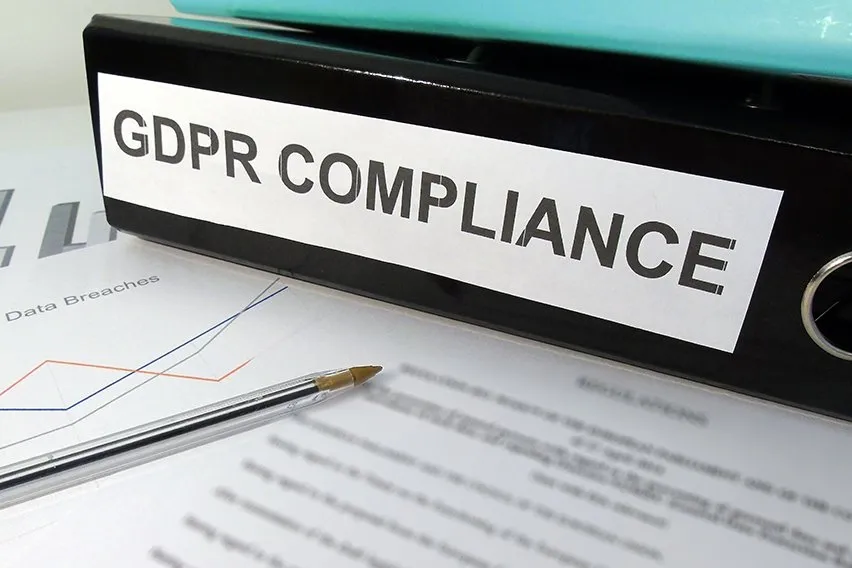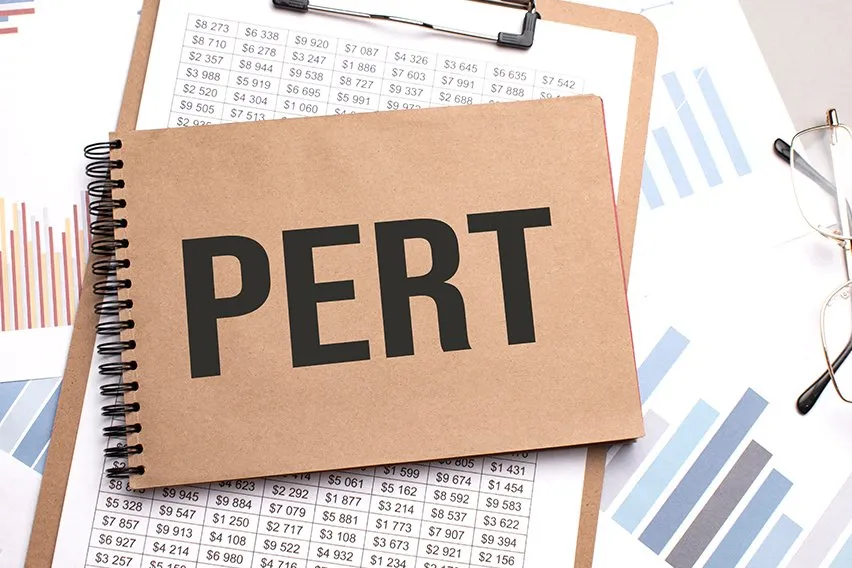Understanding the UK Consumer Confidence Index(CCI)

The UK Consumer Confidence Index is a number that tells you how optimistic people are about the economy and their ability to find jobs. The higher the number, the more optimistic people are. The Consumer Confidence Index is a monthly report based on a representative sample of 5,000 UK residents.
This article will help explain what the CCI is, why it’s important, and give some examples of what a healthy number would be in order to make sense of this index.
Here’s What We’ll Cover:
What Is the UK Consumer Confidence Index (CCI)?
Who Tracks Consumer Confidence?
What Causes a Change in Consumer Confidence?
What Happens When Consumer Confidence Increases?
What Other Consumer-Related Indicators Exist?
What Is the UK Consumer Confidence Index (CCI)?
The index can be found in various forms on many different websites or in newspapers like The Telegraph or The Guardian. It’s also a good idea to check out the Office for National Statistics website. They post updates on monthly changes in consumer confidence levels. An economic indicator is something that measures current conditions of economic activity. That can be unemployment rates or inflation rates. In this case, the UK Consumer Confidence Index measures consumer expectation levels.

What Is a Healthy CCI Number?
Anything over 100 means that people are more optimistic than pessimistic. This relates to the economy and their job prospects. A healthy economic outlook would have a number of around 100. 200 would indicate twice as much optimism as pessimism. A number below 100 would indicate pessimism. The higher the number, the greater consumer confidence. CCI has been used to gauge consumer sentiment for many years.
What does it mean if the number is above 100?
If the index is over 100, this means people are more optimistic than pessimistic about the economy and their job prospects. This would be a good indication that things are looking up. This applies even more so for those looking to buy or sell homes. You can expect economic growth during these times.
What does it mean if the number is below 100?
If the index is under 100, this means people are more pessimistic than optimistic about the economy and their job prospects. This would be a bad indicator as it means fewer people are looking to buy homes or sell their own homes. It also means fewer people are looking to make investments or apply for mortgages or loans. These would be overall bad economic conditions. During these times, it’s important to consider inflation expectations.
How is the number calculated?
The index is composed of five different questions that people are asked during a consumer confidence survey. The results of these questions are then compared with the previous month’s results. This data is used to see if the outlook has changed – whether it’s increased or decreased. In December, the number was at 111.3 which meant that there were 11% more optimists than pessimists. This is a positive sign for consumer spending and economic activity going into 2018.
Who Tracks Consumer Confidence?
The British public’s consumer confidence is tracked by a few different organisations. These include The Bank of England, the European Commission and the Organisation for Economic Cooperation and Development. The ONS is the official source for data on this economic indicator.
What Causes a Change in Consumer Confidence?
The CCI can often trigger an emotional response. Consumer confidence changes depending on how optimistic people are about things. This can both affect and be affected by labour market conditions. This includes aspects like their job prospects from month to month. There could be many different reasons that people become more or less optimistic. Some common examples are the state of the economy and interest rates. A change in these things can cause optimism or pessimism to shift. Be sure to keep this in mind for your own financial situation.

What Happens When Consumer Confidence Increases?
When consumer confidence increases, it can cause economic activity to go up. This could mean people are more likely to make major purchases like buying property or applying for loans. Typically, this is when people see the most income gains. It also means that companies might be more likely to hire additional employees. This means that total employment levels would increase as well.
What Other Consumer-Related Indicators Exist?
There are many different indicators that people could look at when it comes to consumer behaviour. The Consumer Confidence Index is one of the most popular measures out there, but other indicators measure things like unemployment rates, inflation levels and even disposable income levels.
It’s good to look at a variety of different indicators when you’re trying to predict consumer behaviour. A wider range of data will help you understand what that might indicate. This can give you a more accurate outlook on what consumer spending patterns might look like going forward.
Key Takeaways
This article discussed a lot about the consumer confidence index and its impact on consumers. It can be an important metric to look at when trying to predict consumer behaviour and the current economic situation. This is especially true for businesses that sell products or services. If you want more information on UK CCI numbers from previous years, you can view this data online. Be sure to check out our resource hub for more articles like this one.
RELATED ARTICLES

 Data Controller Vs Data Processor: What’s the Difference?
Data Controller Vs Data Processor: What’s the Difference? 3 Best Point of Sale Software (POS) for Small Business
3 Best Point of Sale Software (POS) for Small Business Analysis of Variance (ANOVA) Test: Everything You Need to Know
Analysis of Variance (ANOVA) Test: Everything You Need to Know Pros and Cons of a Limited Company
Pros and Cons of a Limited Company What Are PERT Chart Advantages and Disadvantages?
What Are PERT Chart Advantages and Disadvantages? What Are Capital Receipts?
What Are Capital Receipts?